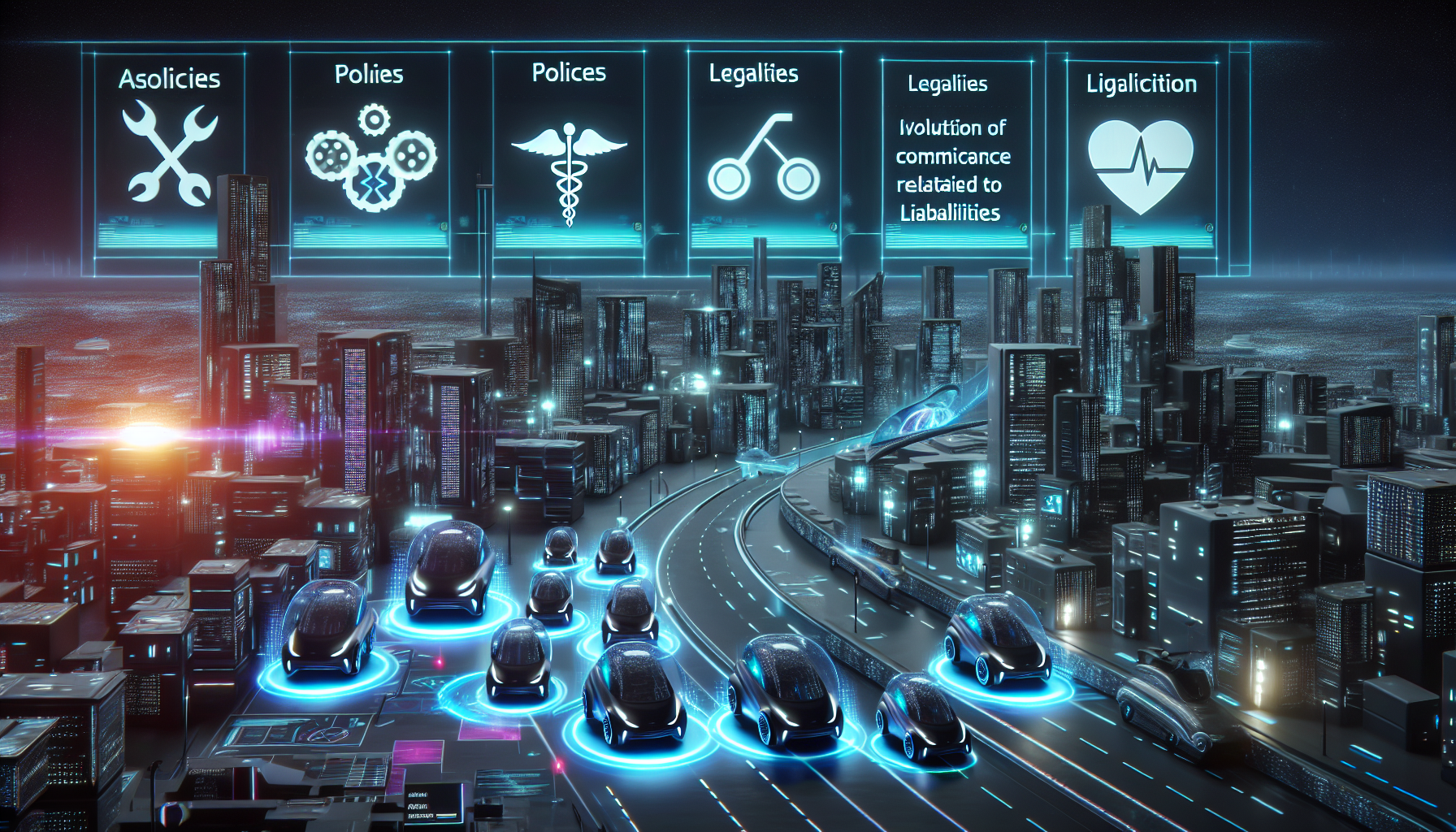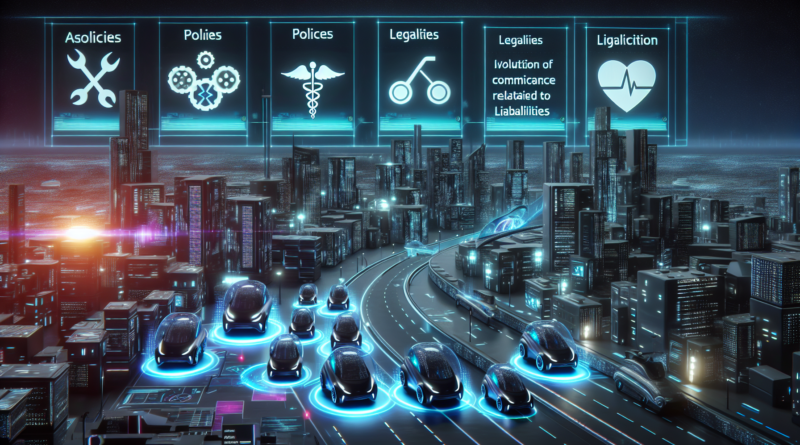Future of Medical Liability in Autonomous Vehicles
Autonomous vehicles, often referred to as self-driving cars, are equipped with advanced technologies that allow them to navigate and operate without human intervention. These vehicles utilize a combination of sensors, cameras, and artificial intelligence to perceive their environment and make driving decisions. As this technology continues to evolve, it promises to revolutionize the transportation industry by enhancing safety, reducing traffic congestion, and providing mobility solutions for those unable to drive.
Impact on Insurance Industry
The advent of autonomous vehicles is poised to significantly alter the landscape of the insurance industry. Traditional auto insurance models, which primarily focus on driver liability, may become obsolete as the responsibility shifts from human drivers to vehicle manufacturers and software developers. This shift necessitates a reevaluation of risk assessment and premium calculation, potentially leading to new insurance products tailored to autonomous technology.
Medical Liability Considerations
One of the most profound changes brought about by autonomous vehicles is in the realm of medical liability. In the event of an accident involving a self-driving car, determining liability becomes complex. The question arises: who is responsible for medical expenses? Is it the vehicle owner, the manufacturer, or the software provider? This complexity requires a new legal framework to address liability issues, ensuring that victims receive appropriate compensation for medical costs and other damages.
Navigating the New Liability Landscape
As autonomous vehicles become more prevalent, the insurance industry must adapt to new liability challenges. Stakeholders, including insurers, manufacturers, and policymakers, must collaborate to develop comprehensive solutions that address the unique risks associated with self-driving technology. This collaboration is essential to ensure that the transition to autonomous vehicles is smooth and that all parties are adequately protected.
The integration of autonomous vehicles into society presents regulatory challenges that must be addressed to ensure safety and accountability. Governments and regulatory bodies are tasked with creating policies that govern the testing, deployment, and operation of self-driving cars. These policies must balance innovation with public safety, providing clear guidelines for liability and insurance coverage. Collaborative efforts between industry leaders and regulators are crucial in developing standards that protect consumers while fostering technological advancement.
Technological Advancements and Risk Mitigation
Technological advancements in autonomous vehicles are key to mitigating risks and enhancing safety. Features such as advanced collision avoidance systems, real-time data analysis, and machine learning algorithms contribute to reducing the likelihood of accidents. As these technologies improve, the risk associated with autonomous driving decreases, potentially leading to lower insurance premiums and a reduction in overall liability claims. However, continuous monitoring and updates are necessary to address emerging threats and vulnerabilities.
Embracing the Future of Transportation
The future of transportation is rapidly evolving with the rise of autonomous vehicles. Embracing this change requires a proactive approach to addressing insurance and liability challenges. By fostering innovation and collaboration, stakeholders can create a safer, more efficient transportation ecosystem that benefits everyone. The journey towards fully autonomous vehicles is just beginning, and the potential for positive impact is immense.
Educating consumers about autonomous vehicles and their implications on insurance and liability is essential. As these vehicles become more common, consumers must understand how their insurance policies may change and what steps they need to take to ensure adequate coverage. Insurance companies play a crucial role in providing clear information and guidance, helping consumers navigate the complexities of autonomous vehicle insurance and liability.
Conclusion: A New Era of Mobility
The rise of autonomous vehicles marks the beginning of a new era in mobility, with significant implications for the insurance industry and medical liability. As technology advances, the need for innovative insurance solutions and regulatory frameworks becomes increasingly important. By addressing these challenges head-on, society can harness the benefits of autonomous vehicles while ensuring safety and accountability for all road users. The future of transportation is bright, and with careful planning and collaboration, it promises to transform the way we travel and interact with our world.


